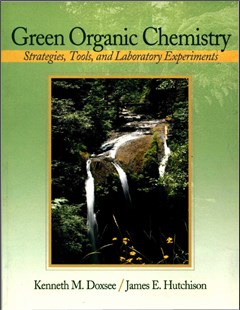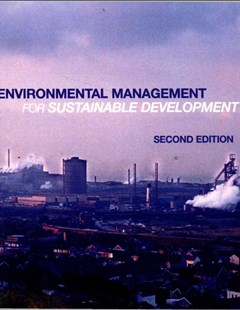Green Organic Chemistry: Strategies, Tools and Laboratory Experiments
Introduction to green organic chemistry; identification and evaluation of chemical hazards; chemical exposure and environmenttal contamination; source of information about chemical hazards; alternative solvents; alternative reagents; reaction design and effeciency; alternative feedstocks and products; the bid picture and green chemistry metrics 600t##t$aHutchison, James E.
2004
Developing the green organic program at the University of Oregon, Kenneth Doxsee and James Hutchison saw the urgent need and rapidly growing demand for green chemistry laboratory materials. This lab text describes the tools and strategies of green chemistry, and the lab experiments that allow investigation of organic chemistry concepts and techniques in a greener laboratory setting.
GREEN ORGANIC CHEMISTRY: STRATEGIES, TOOLS AND LABORATORY EXPERIMENTS was developed and successfully tested as a direct replacement of the traditional organic chemistry laboratory curriculum. Thus, the conceptual themes and experimental techniques important to the modern practice of organic chemistry can be taught in the context of more environmentally-benign laboratory experiments.
Students acquire the tools to assess the health and environmental impacts of chemical processes and the strategies to improve develop new processes that are less harmful to human health and the environment. The curriculum introduces a number of state-of-the-art experiments and reduces reliance on expensive environmental controls, such as fume hoods.
Doxsee, Kenneth M., Hutchison,James E. Green Organic Chemistry: Strategies, Tools and Laboratory Experiments, Brooks/Cole Cengage Learning , 2004.
 |  |  |
Green Organic Chemistry: Strategies, Tools and Laboratory Experiments |
Thứ Tư, 11:29 09/06/2021
Copyright © 2018 Hanoi University of Industry.